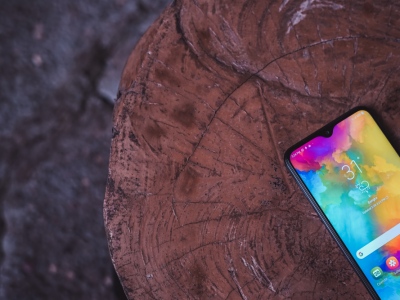Personal drones and tech fitness apps were some of the most disruptive technologies introduced as Bluetooth devices in 2015; so what can we expect for 2016? Machine learning, big data, and neuromorphic computing have already shown us that the next few years will be years with major shake-ups in the technology world.

Here are some of our top picks for Bluetooth and broader tech trends which may begin disrupting the technological landscape this year!
Combining Devices
All signs indicate that 2016 will be a major year for the combining of essential technology and devices, especially where Bluetooth capabilities are concerned. In the next year, you might not just be using Bluetooth to connect your phone to your car: you might be using it to turn your car on. Forget the same-old portable bluetooth speakers which have proliferated over the last short while. Speakers will get smaller, pack a louder punch, and likely also become portable batteries for other peripheral devices. Some companies have already begun producing multi-tasking products like this. Ever heard of the amazing cooler that’s a speaker, phone charger, and blender? This is just the beginning of the possible utilitarian combination of devices we might begin to see in 2016.
Your Peripherals Might Become Your Assistants
Machine learning and the ability of software to execute increasingly complex tasks has already been changing our lives in meaningful ways. To date, owners can address Siri and Cortana to ask questions– and get answers. But as the capability of machine learning advaces alongside computing power access, it’s more and more likely that the Bluetooth essentials you carry around every day could become your automated personal assistants. Phones might learn your schedule and automatically remind you of events– without ever needing you to manually set reminders. Peripherals you use might plug-in to your smart home’s network, and automatically turn on the lights and AC in the few minutes just before you get home. It’s conceivable that voice commands could refine enough that they might be used to email files, and instruct machines to complete increasingly complex tasks without you.
Bluetooth Low-Energy
Effectively Bluetooth 2.0, Bluetooth Low-Energy (sometimes called Bluetooth Smart) is the most high-tech version of the UHF protocol which allows Bluetooth devices to communicate. And the major difference is that it allows Bluetooth and other IoT devices to confer and trade information without using larger hardware components to process the information. This means that data capacity and information transfer speed are substantially higher, while being able to be achieved commercially at a substantially lower cost, with a lower energy footprint. This means that almost any item could be optimized to provide or receive data.
Graphene Bluetooth Wearables & Gadgets
If you love tech and haven’t heard about graphene yet, you might want to sit down. Hailed by many as the miracle material of the 21st century, graphene conducts heat and electricity better than copper, is flexible, and ridiculously strong. Graphene can even be printed as an ink. The use of graphene has helped jumpstart the ‘flexible smartphone’ phenomenon, but it’s also being used to develop wireless sensors, RFID tags, and super-efficient computing able to compete (and outperform) some of the top technologies currently on the market. Once the mass-production kinks get worked out, we expect graphene to be used in wearables and gadgets of all kinds.
Disruptive Trends Are the Future
We happen to live in an exciting time of rapid change in tech industries; and where once established technologies could be expected to dominate for years or decades, that fact is fading in the face of a global population which has only increasing access to all the information the internet has to offer. These trends, therefore, are likely only a small taste of what potentially disruptive technologies we might see throughout the year.










Comments